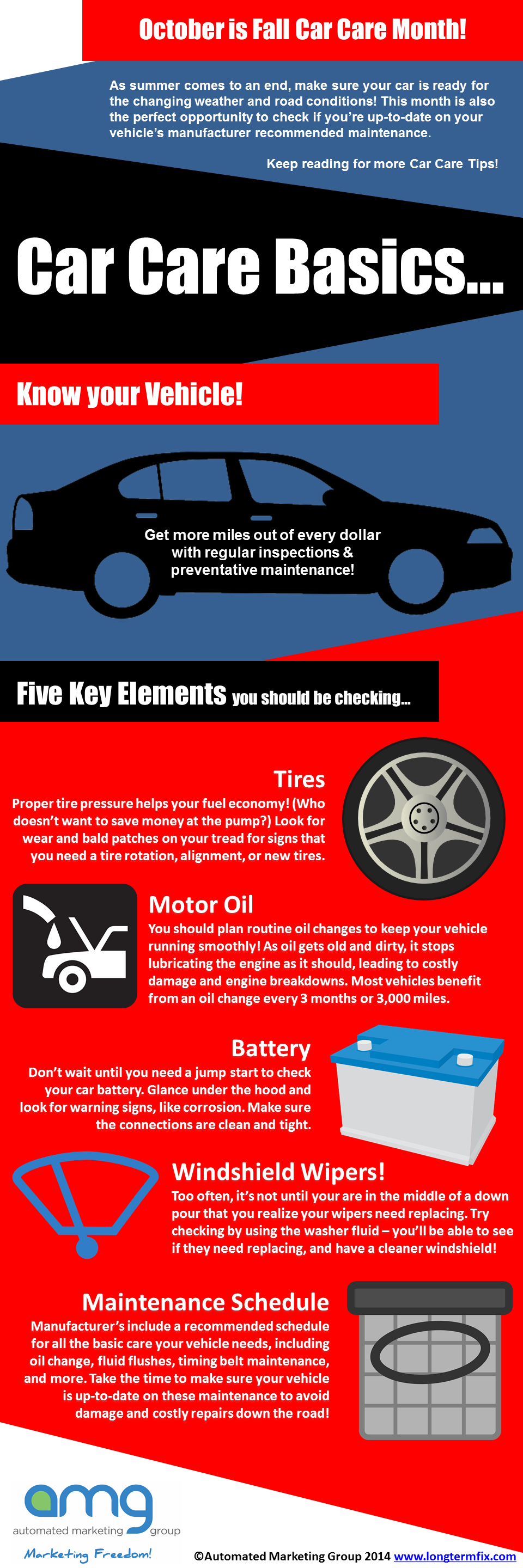Comprehending The Importance Of Your Automobile'S Warning Signals: What They Really Represent
Comprehending The Importance Of Your Automobile'S Warning Signals: What They Really Represent
Blog Article
Composed By-Hartley Torres
When you're behind the wheel, those radiant warning lights on your control panel can be a bit complicated. Do you understand what they're attempting to tell you about your cars and truck's health and wellness? Understanding the significance of these lights is vital for your security and the longevity of your car. So, the following time one of those lights appears, would not you want to decode its message precisely and take the essential steps to address it?
Common Caution Lighting and Interpretations
Recognize typical caution lights in your car and understand their meanings to make certain secure driving.
The most typical caution lights consist of the check engine light, which signifies issues with the engine or exhausts system. If this light begins, it's critical to have your car checked without delay.
The oil pressure warning light suggests reduced oil pressure, calling for immediate focus to stop engine damages.
A flashing battery light could suggest a malfunctioning charging system, possibly leaving you stranded otherwise addressed.
The tire stress monitoring system (TPMS) light alerts you to reduced tire pressure, impacting vehicle security and fuel efficiency. Neglecting this can bring about risky driving problems.
The abdominal muscle light suggests a problem with the anti-lock braking system, compromising your ability to quit rapidly in emergencies.
Finally, the coolant temperature level advising light warns of engine overheating, which can result in extreme damage if not dealt with swiftly.
Recognizing these usual caution lights will certainly help you deal with problems promptly and maintain secure driving problems.
Importance of Prompt Attention
Understanding the common caution lights in your automobile is only the very first step; the relevance of quickly resolving these cautions can not be highlighted enough to guarantee your safety and security on the road.
When a warning light brightens on your control panel, it's your car's method of communicating a potential concern that requires attention. Disregarding auto interior detailing can result in a lot more severe issues down the road, compromising your safety and potentially costing you more in repairs.
Motivate interest to warning lights can prevent malfunctions and accidents. For example, a blinking check engine light can show a misfire that, if left neglected, might create damage to the catalytic converter. Addressing this promptly can save you from an expensive repair.
In a similar way, a brake system warning light could indicate low brake liquid or worn brake pads, critical components for your safety and security when driving.
Do It Yourself Troubleshooting Tips
If you see a warning light on your dashboard, there are a few DIY troubleshooting ideas you can attempt prior to looking for specialist aid.
carcleaningserviceauckland is to consult your vehicle's manual to understand what the certain caution light shows. In some cases the concern can be as simple as a loose gas cap causing the check engine light. Tightening the gas cap might resolve the issue.
Another usual issue is a low battery, which can cause various alerting lights. Inspecting the battery links for corrosion and ensuring they're safe and secure might take care of the problem.
If a warning light persists, you can attempt resetting it by disconnecting the car's battery for a few minutes and afterwards reconnecting it. Additionally, inspecting your vehicle's liquid degrees, such as oil, coolant, and brake liquid, can assist repair alerting lights associated with these systems.
Conclusion
To conclude, recognizing your automobile's caution lights is necessary for maintaining your car running efficiently and securely. By immediately addressing these notifies and recognizing what they indicate, you can prevent expensive fixings and prospective break downs.
Bear in mind to consult your vehicle's guidebook for specific information on each cautioning light and act accordingly to guarantee a hassle-free driving experience.
Stay educated, remain safe when driving!
